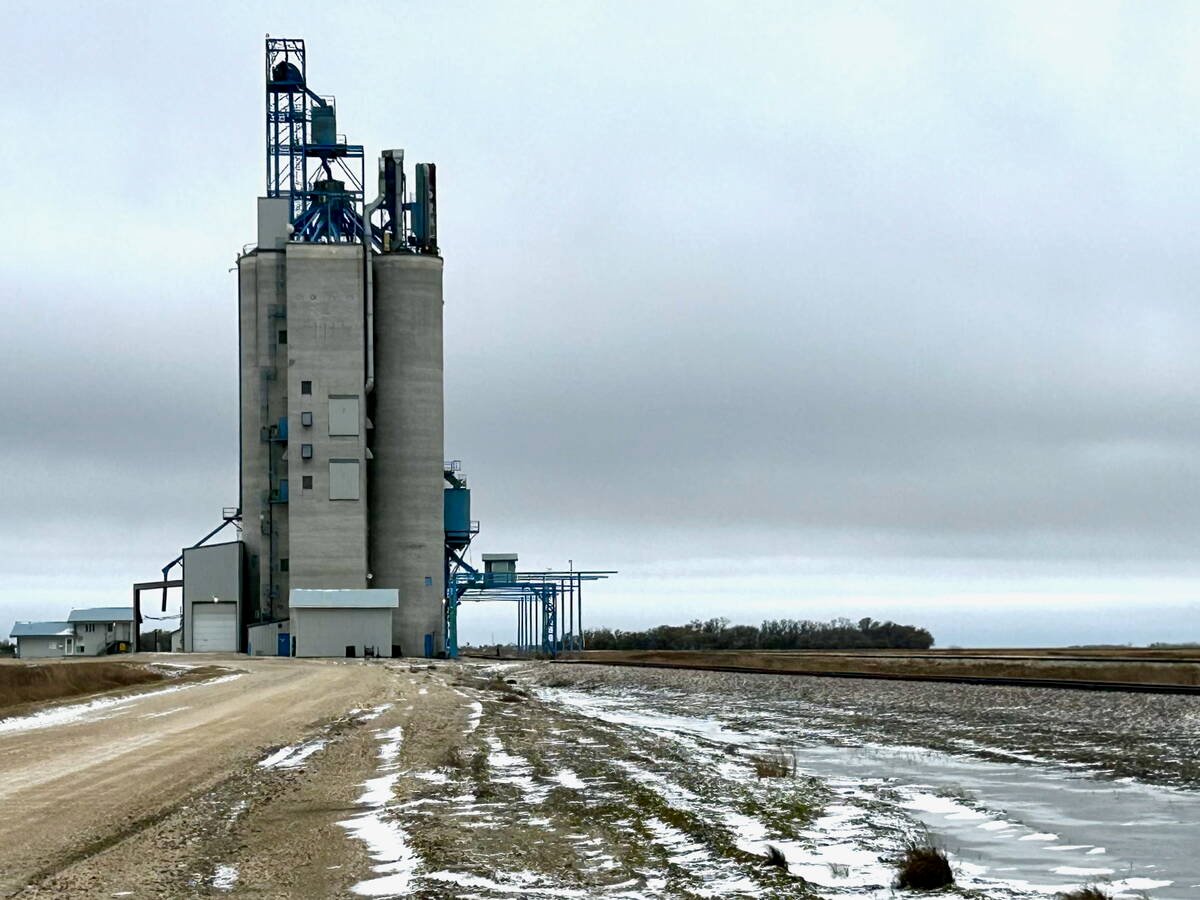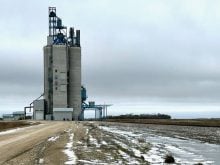Recently released statistics confirm what producers have thought for a few years: there are a lot less bison in the country.
Live bison exports from Canada have dropped 30 percent to 5,635 this year from 8,098 in 2010.
Canadian bison slaughter at federal plants has dropped 44 percent from the same time last year.
“To see a drop in slaughter of 44 percent just makes you fall off your chair,” said Saskatchewan bison producer Dean Andres.
The statistics released by the Canadian Bison Association confirm the industry’s belief that the 2009 and 2010 calf crops were a lot smaller than anyone thought, said Andres.
Read Also

Manitoba grain elevator ownership expands
Carman-based Linear Grain buys Fannystelle elevator from Bunge, another three elevators sold to Morden’s BP & Sons Grain and Storage Inc.
“A lot of cows were culled and a lot of people left the industry.”
Recent high prices have encouraged many bison producers to cash in on years of losses and sell replacement heifers and calves instead of expanding their herds, he added.
Previous uncertainty over bison numbers is blamed on the lack of a strong statistics-gathering network similar to what the cattle industry uses.
Terry Kremeniuk with the Canadian Bison Association said it had no idea how many heifers were being held back for herd growth and replacement.
“There are people who, over the last couple of years, have seen an opportunity to recover some of the losses in the bison industry and some people who are ready to retire, and those in the bison industry have identified this as a good time to do that,” he said.
Unlike the poultry industry, which can respond to market fluctuations quickly, bison producers will need four or five years to turn around the bison herd and start a significant regrowth.
Existing bison producers will likely expand their herds in response to high prices, but Andres said the high prices make it difficult for new producers to enter the business.
“We’ll see very limited expansion,” he said.
“It’s quite profitable now, but to jump in from scratch will be very tough.”














